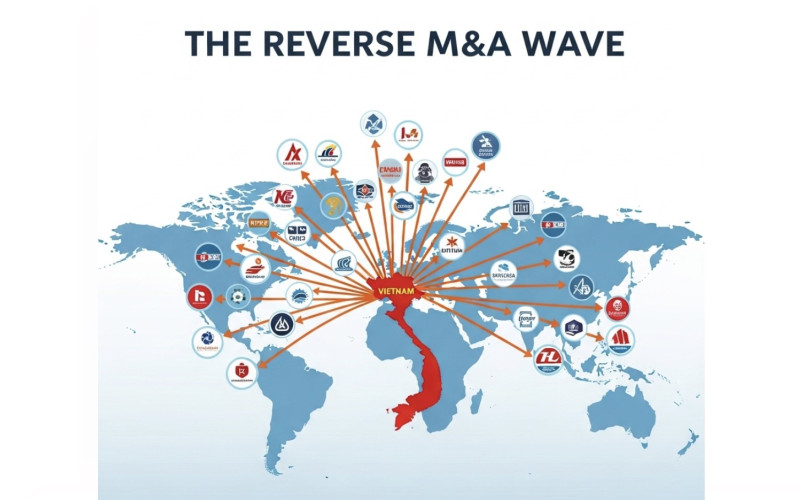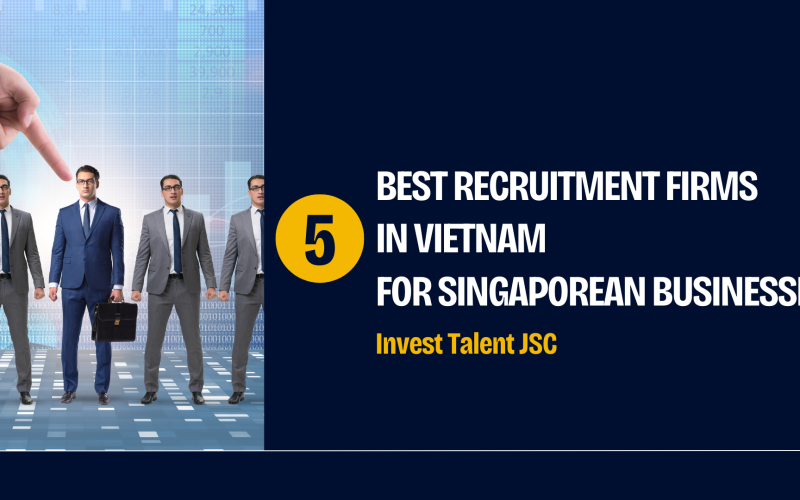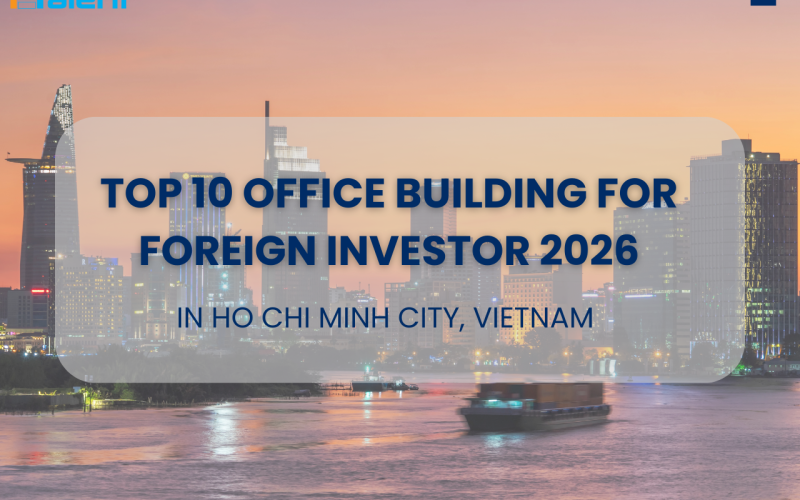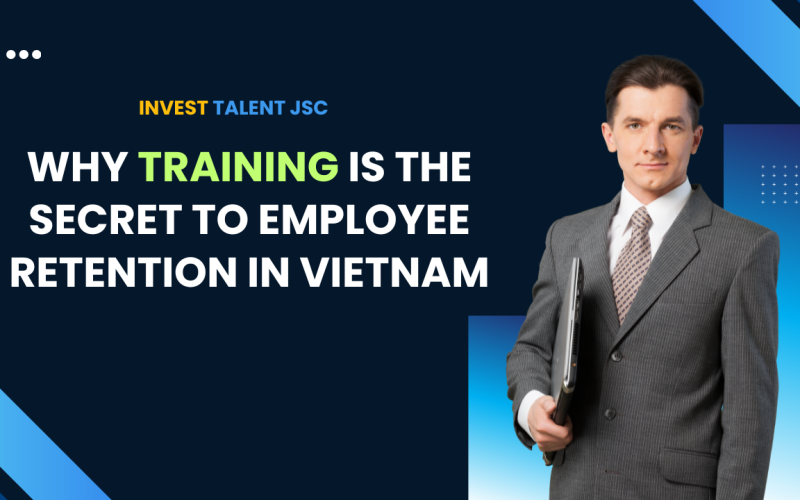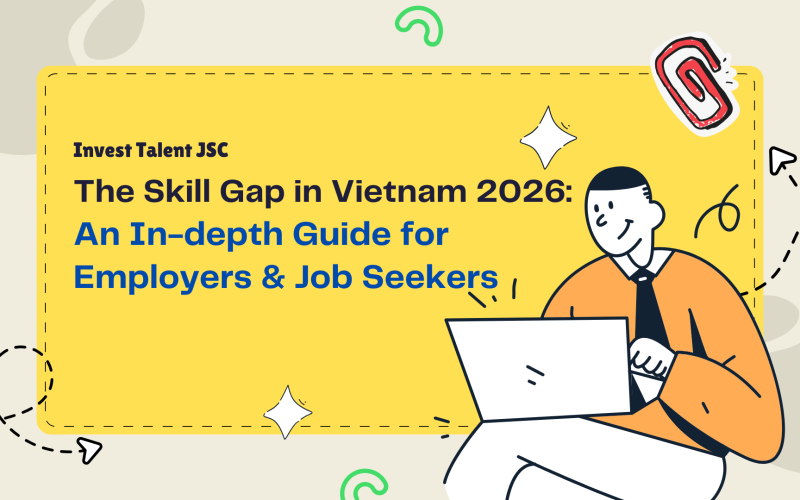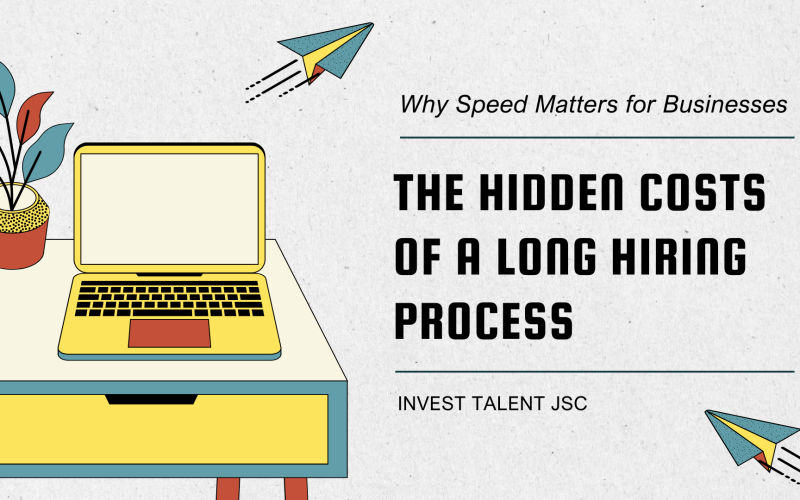Quiet Hiring – The Silent Trend Reshaping the Global Workforce in 2025
The global workforce is witnessing the rise of a strategic trend dubbed "Quiet Hiring," a critical evolution from the disengagement-focused concepts of "Quiet Quitting" and "Quiet Firing." This approach is fundamentally changing how organizations address talent and skill deficiencies without resorting to traditional, formal recruitment processes. In 2025, data confirms this is a necessity, driven by skill gaps, economic pressures, and the accelerating integration of AI.
Defining Quiet Hiring
Quiet Hiring is the strategy of strategically filling skill gaps internally or through temporary external resources rather than creating and posting new permanent roles.
The primary mechanisms for Quiet Hiring are supported by clear organizational priorities:
The Urgency of Quiet Hiring in 2025: Data-Driven Drivers
Quiet Hiring is gaining momentum as a necessity due to prevailing macro trends, especially those related to AI and the global talent market:
- The AI-Driven Skill Gap: The rapid integration of Artificial Intelligence is forcing a significant re-evaluation of workforce skills. Executives estimate that up to 40% of their workforce will need to reskill in the next three years as a direct result of implementing AI and automation (World Economic Forum). Only 1 in 10 global workers currently possess the in-demand AI skills organizations are looking for (Salesforce), making external hiring for these roles extremely difficult and competitive.
- Talent Shortages and Hiring Constraints: Despite an unpredictable economic climate, 80% of CEOs remain concerned about talent availability. Quiet Hiring, by reducing the reliance on costly, slow, and constrained external hiring, offers a cost-effective alternative to recruitment overheads, advertising, and high external headhunter fees.
- Shifting HR Priorities: Internal mobility and upskilling are top-of-mind for HR leaders. In 2025, key HR priorities include "Designing talent processes around skills" (53% of HR leaders) and "Improving our workforce planning to better inform buy/build/borrow talent strategies" (48% of HR leaders) (Mercer Global Talent Trends 2024-2025). This planning directly supports the core tenets of Quiet Hiring.
Strategic Considerations for HR Leaders
To execute Quiet Hiring successfully and avoid the risk of employee burnout, which can result from simply adding to workloads without recognition, HR leaders must embrace a balanced strategy:
- Mandate Skills Mapping and Analytics: Use data and AI-powered tools (like skills inference) to accurately audit existing internal capabilities and identify employees with adjacent skills who can be successfully upskilled. This allows for targeted development and prevents random reassignment.
- Formalize Internal Mobility: While only 24% of employees are currently hired internally (up from 20% in 2020), organizations must create transparent internal job boards and career paths. This demonstrates a clear commitment to growth, which is critical since 67% of employees would quit if offered no internal mobility opportunities.
- Invest in Scalable L&D: To close the massive AI and digital skill gap, learning and development (L&D) budgets must be leveraged for reskilling programs that train employees for future roles. This is more cost-effective than exclusively seeking external hires for every new skill need.
Partnering for Quiet, Effective Talent Solutions
The complexity of global skill gaps and the need for immediate, niche expertise often require external partnership. The use of headhunters and specialized talent acquisition firms becomes essential for the external contingency component of Quiet Hiring.
At Invest Talent, we support companies worldwide in navigating this new era of hiring — quietly, but effectively. We specialize in building flexible hiring strategies that rapidly source international talent pools and niche skills that cannot be developed fast enough internally, ensuring organizations maintain both internal growth pathways and external market agility.
Summary: Quiet Hiring is no longer a temporary buzzword; it is a structural necessity for maintaining business agility and competitiveness in a skills-based, AI-driven economy. By proactively investing in and redeploying existing talent, and strategically leveraging external contractors for hyper-niche needs, companies can navigate the 2025 labor market quietly, effectively, and with demonstrable impact on retention and skill readiness.
#InvestTalent #Headhunt #QuietHiring #FutureOfWork #GlobalHR


